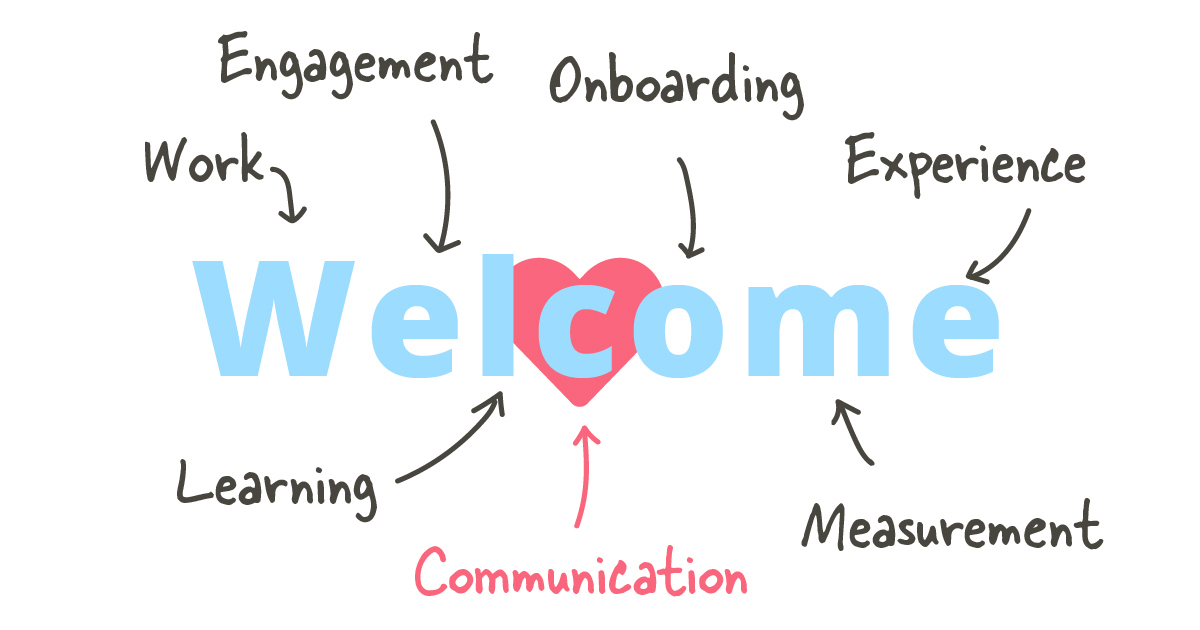How do employees define employee relations? If you’re anything like me, just those two words conjure images of a 5-hour PowerPoint onboarding session set in a small dark room; a thick 3-ring binder of benefits information destined for the bottom of a drawer; an annual survey that no one has the time or inclination to complete; and an eventual offboarding meeting that can’t help but to be awkward for any number of reasons.
And that’s pretty much it. Just as "no news is good news," no employee relations were seemingly once thought to be good employee relations. If you found yourself thinking about employee relations any more than once or twice a year, chances are that something had gone very wrong.
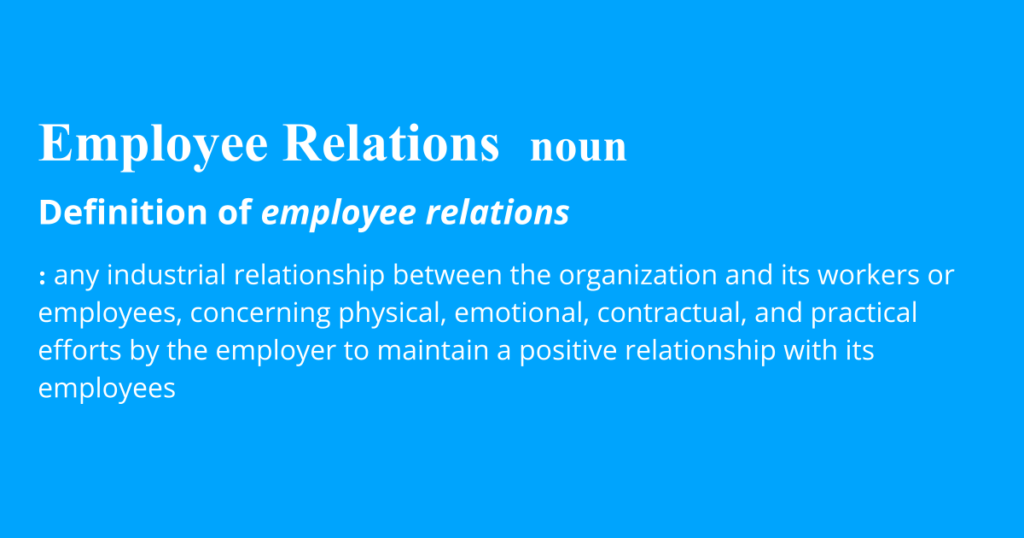
Thankfully, those days are over. The definition of employee relations has undergone a dramatic evolution in the last two decades. This is largely a result of democratized modes of workplace communication, a sharpened focus on the employee experience, and the dialogue and transparency both have enabled.
Gone too is the assumption that conflict is a natural aspect of the relationship between employer and employee. In its place are practices that give both management and staff a shared responsibility for maintaining positive working relationships aligned around clear, common goals.
What are employee relations?
At it's most basic level, employee relations refer to the interactions, dynamics, and overall relationship between employers and their employees within an organization. It encompasses a wide range of activities, policies, and practices aimed at managing and improving the relationship between the employer and the workforce. Effective employee relations are essential for creating a positive and productive work environment.
Here are some key aspects of employee relations:
- Communication: Open and transparent communication is crucial for maintaining healthy employee relations. Employers should regularly communicate with their employees about company policies, expectations, changes, and other relevant information.
- Conflict Resolution: Employee relations often involve managing and resolving conflicts that may arise in the workplace. This includes addressing disputes between employees, between employees and managers, or between employees and the organization.
- Employee Engagement: Employee relations efforts aim to engage employees and foster a sense of commitment to the organization. Engaged employees are more likely to be motivated, productive, and loyal.
- Labor Relations: In unionized workplaces, employee relations also encompass managing relations with labor unions and negotiating collective bargaining agreements.
- Workplace Policies: Developing and enforcing workplace policies and procedures is an essential aspect of employee relations. These policies can cover areas such as harassment, discrimination, safety, and disciplinary actions.
- Employee Benefits and Compensation: Managing employee benefits, salaries, and other forms of compensation is a key component of employee relations. Fair and competitive compensation packages can contribute to positive relations.
- Employee Feedback and Surveys: Organizations often use feedback mechanisms like surveys or suggestion boxes to gather input from employees. This feedback can help in addressing issues and making improvements.
- Legal Compliance: Ensuring that the organization complies with labor laws, employment regulations, and employment contracts is crucial for maintaining good employee relations and avoiding legal disputes.
- Employee Development: Offering opportunities for skill development, training, and career advancement can enhance employee relations by demonstrating a commitment to employee growth and wellbeing.
- Work-Life Balance: Promoting a healthy work-life balance is increasingly important in modern employee relations. Organizations that support employees in balancing their personal and professional lives tend to have more satisfied and productive staff.
How have employee relations gotten better for employees?
- Employee relations now start at job acceptance.
- Employee self-services put benefits management in the right hands.
- Feedback and opinion sharing is continuous and actionable.
- The "middle bit of the employee experience" is now crucial to employee relations.
- Offboarding is a chance to build future relationships and sustain existing ones.
1. Employee relations start at job acceptance.
First impressions are lasting ones.
It used to be that there was an open window of time between when new hires accepted a job and when they actually started it. In the US, this period could be as short as a few days. In Europe, it could be as long as three months. But no matter the length of time, this period was a sort of an employee relations limbo. On the employee side, it was often filled with lots of open questions and even bouts of apprehension and second-guessing.
Employee onboarding makes things easier for new hires. But until recently it didn't begin until after they'd stepped into the office on their first day of work. Today, there's been a drastic rethink about when and how engagement efforts can actually be, well, engaged.
Mobile tools like employee apps have allowed companies to centralize their onboarding resources and make them available remotely from the moment a candidate accepts a new position. Never was this ability more appreciated than during the worst days of Covid-19, when so many people were working from home.

Remote onboarding allows for important company connections to start being forged immediately. And that goes for employees of all kinds. It includes everyone from the knowledge workers destined to sit in your HQ to the people who'll be out working on your front lines.
Organizations with a well-structured onboarding process improve new hire retention by 82%.
When considering that organizations with a strong, well-structured onboarding process improve new hire retention by 82%, initiating the process as soon as possible can provide big advantages. Pre-onboarding targeted to specific personas lets organizations deliver practical, tailored information that takes some of the jitters out of starting a new job.
Providing new hires with a sense of belonging and connection right off the bat is just one benefit of pre-onboarding. By offering an array of practical information, including a checklist of administrative tasks and setup recommendations — in combination with direct IT and HR support throughout the process — new hires have a much better chance to hit the ground running.
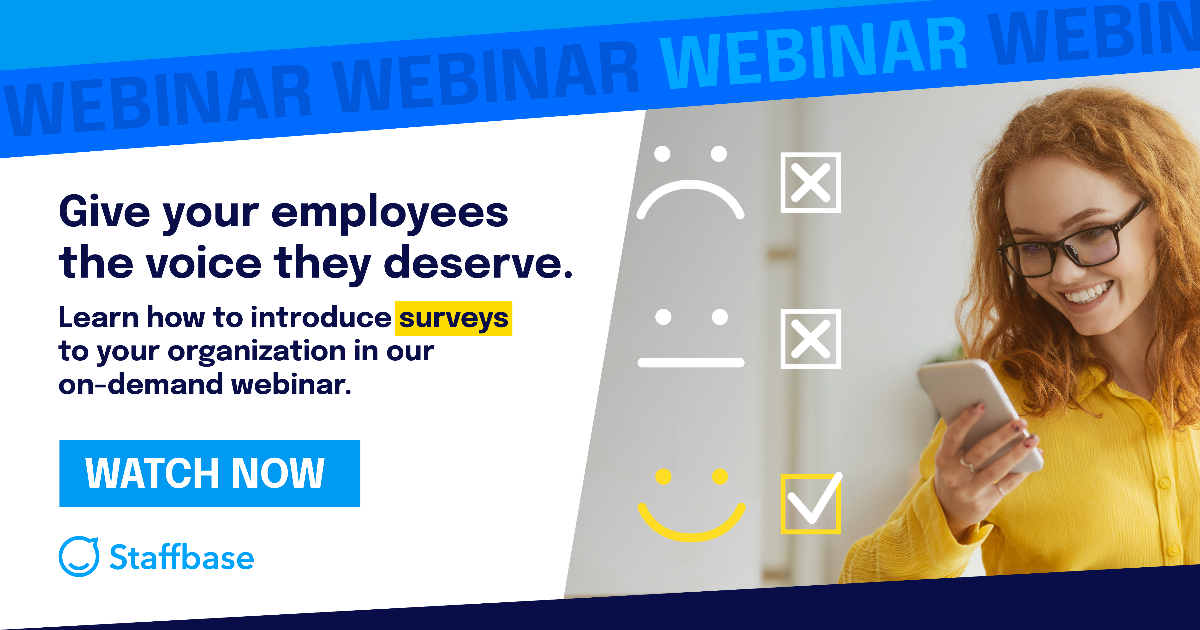
2. Employee self-services put benefits management in the right hands.
HR systems have slowly been moving away from the manual processes in place for decades. Employee self-services, or ESS, in addition to new communications tools, have made it easier for workers to personally manage their working lives. By putting basic HR and managerial processes into the hands of employees, organizations are helping to empower their people. Simultaneously, they're creating more sensible and efficient systems for the management of basic employee information and requests.
ESS allow individual workers to personally manage a variety of different human resources- and job-related tasks.
In the past, workplace benefits were managed by HR personnel or management. Now, employees can have direct access to things like payroll records and shift scheduling, in addition to updating their personal data, such as contact information, tax status, banking details, and vacation requests.
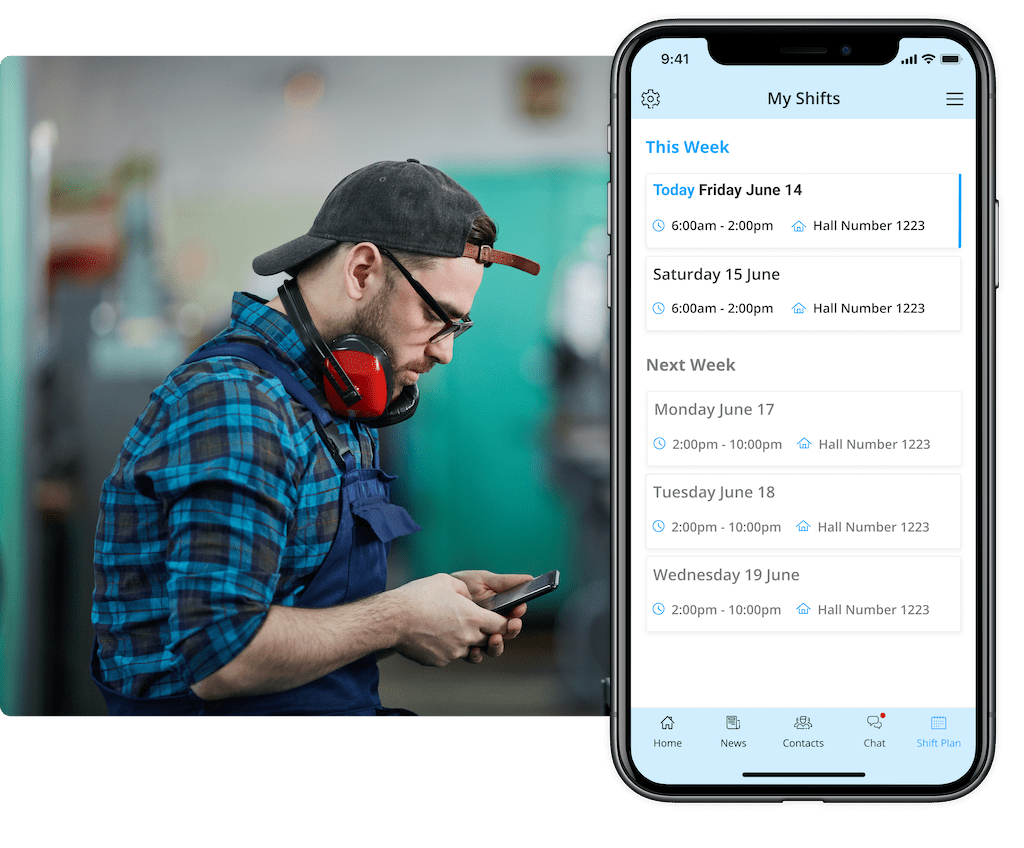
Many companies now give employees the power to directly update their workplace benefits options during open enrollment periods.
Workers can manage all of their workplace benefits at any time, from anywhere. The process is far more convenient and efficient for all concerned. And not only does employee autonomy save time, it boosts feelings of empowerment.
Successful ESS programs have the potential to spur increased productivity and efficiency. And for HR departments, the addition of employee self-services can greatly improve their functionality. HR staff no longer needs to spend their valuable time on data entry or answering redundant employee inquiries. This leaves them better able to focus on issues that require a human touch.
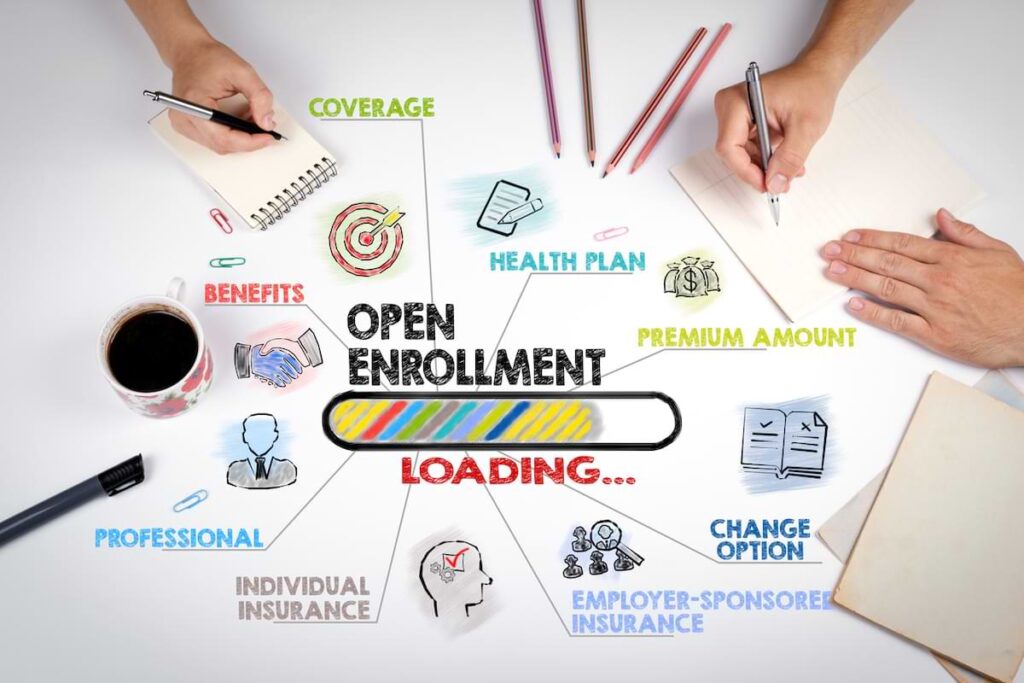
Employee self-services let employees access and edit their own personal information, including:
- Address and personal information changes
- Benefits enrollment
- Individual and employee-sponsored insurance
- Pay stub and W-2 distribution
- Performance appraisals
- Salary information
- Sick leave and vacation requests
- Tax status
- 401(k) withholding
Employees with direct access and control over their personal information are more satisfied and engaged.
Employee self-services can also offer opportunities for training and advancement, giving people the opportunity to improve their knowledge and skills, thus increasing their value and encouraging lower employee turnover. As has been shown time and again, a well-engaged employee is also more loyal and productive.
3. Feedback and opinion sharing are continuous and actionable.
Traditionally, employee relations put the onus of communication on employers. It was an organization's responsibility to initiate feedback gathering through measures such as annual surveys or performance reviews. Whether or not these initiatives actually led to change or improvement varied depending on the organization. But it's safe to say that, at best, these infrequent attempts at soliciting feedback often only gave employees the illusion of having a say in how their organizations operated. And that was fine with most companies. Until it wasn't.
For one, the job market looks drastically different than it did 20 years ago. You've probably heard about "the war for talent." If so, you likely also know that "talent won." This means that organizations are no longer calling the shots. Millennials and Gen Z now have a lot more leverage when choosing where to work. And they have the option of simply leaving cultures that fail to appreciate their values. One of those values is the practice of continuous, two-way feedback between themselves and their managers and colleagues.
Millennials have grown up in an era of remarkable connectedness. They're used to receiving instantaneous feedback from parents, teachers, and coaches. They've grown accustomed to having the immediate ability to ask questions, share opinions, and provide commentary.
Gallup, "How Millennials Want to Work and Live"
Simply put, Millennials have engaged in a constant feedback loop from an early age. Given their perspective, it's understandable that this generation has an ingrained expectation for ongoing communication."
An optimum employee experience needs a "continuous response."
The concept of employee experience has also broadened to the point where it now covers pretty much everything in an employee's ongoing life at work. As Josh Bersin writes in his article, Employee Experience 4.0: Shortening The Distance From Signal To Action, the employee experience is "now entering the fourth stage. In this era we don’t just send surveys to collect data: we collect signals in many forms, we analyze it in real-time, and we send it to the right person in the company who needs to take action. I call this the 'Continuous Response' phase of EX."
Bersin points out that companies like Johnson & Johnson exemplify this idea of continuous response. They answer all employee feedback issues within 24 hours, and they follow up with a survey to get feedback on their response. If feedback to the response isn't adequate, they follow up again. This may sound like overkill, but the point is that understanding how employees feel and knowing what they care about is only one part of the equation. Turning those insights into authentic and relevant communication is now the goal.
Every staff member has weekly coaching with their supervisor. Our philosophy now is: don’t wait for the annual review. Do it every week. There should be nothing that is a surprise on the yearly evaluation. We’re not waiting for a moment to have a magical conversation; we’re more nimble and we’re making changes faster.”
Emily White Hodge, Director of HR and Operations at New Moms
4. The middle bit of the employee experience is crucial to employee relations.
Conflict resolution has given way to conflict prevention.
The easiest problems to solve are the ones that never happen.
Once upon a time, employee relations focused primarily on conflict management and resolution. In fact, even today, human resource managers are reported to spend 24% to 60% of their time trying to resolve workplace conflicts.
Fortunately, advancements in internal communication and the employee experience are providing employee relations with the ability to play a more proactive, preventative role in the creation of fair, inclusive, and safe working environments.
Just as conflict resolution depends first and foremost on listening to aggrieved employees, conflict avoidance depends primarily on open and transparent communication. Regular pulse surveys and open feedback channels give employers a chance to predict troubling issues before they become full-blown crises. And the constant availability of a variety of comms channels let employees speak their minds whenever and however they feel the need, not just once they've reached the boiling point.
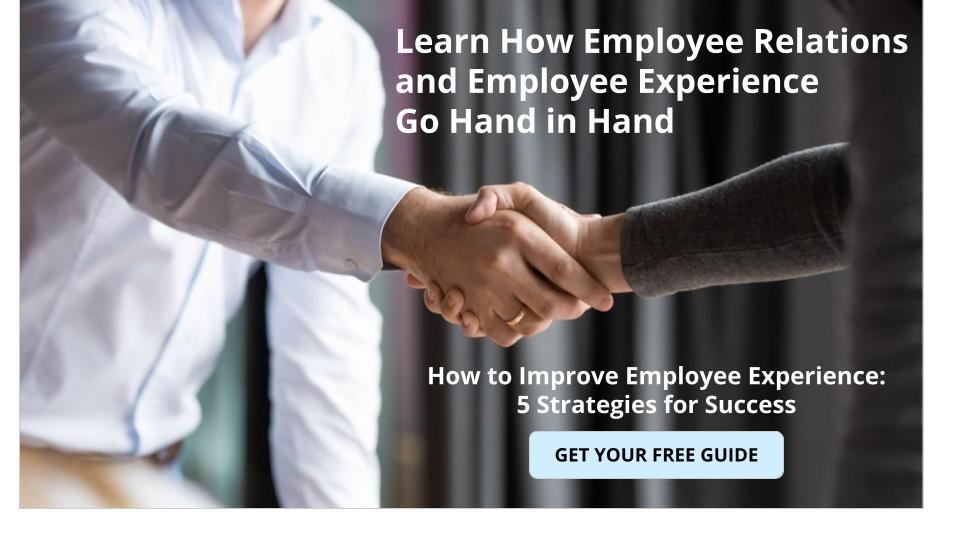
While you can't avoid every inevitable workplace problem, digital communications channels make it more likely that your people will speak their minds honestly. Research from Stanford University's Social Media Lab shows that "communication in the inside world [like my family, friends, and colleagues] tends to be more honest online, and this is in part because those messages are recorded and come from people that we will have future interactions with."
Employee relations are now a two-way street.
Effective, honest communication is key to every kind of healthy relationship. Employee relations are no different. Managing the relationship between people and their employers has always been a key part of HR’s role. But with the employee experience focused on more and more touchpoints, positive employee relations are increasingly dependent on the influence of internal communications. Giving your employees a voice is a key driver of employee engagement and overall job satisfaction.
For instance, communication from the C-level used to be a rare event reserved for holidays or emergencies. There have been reports of employees who went years at a company without ever laying eyes on their CEO. And the communication that did exist was anything but interactive. It was a scenario that left many workers feeling ambivalent about the bigger picture to which their work contributed.
Something as simple and easy to create as a CEO blog — either written or better yet in video — can go a long way toward engaging your employees and involving them in your company's mission.
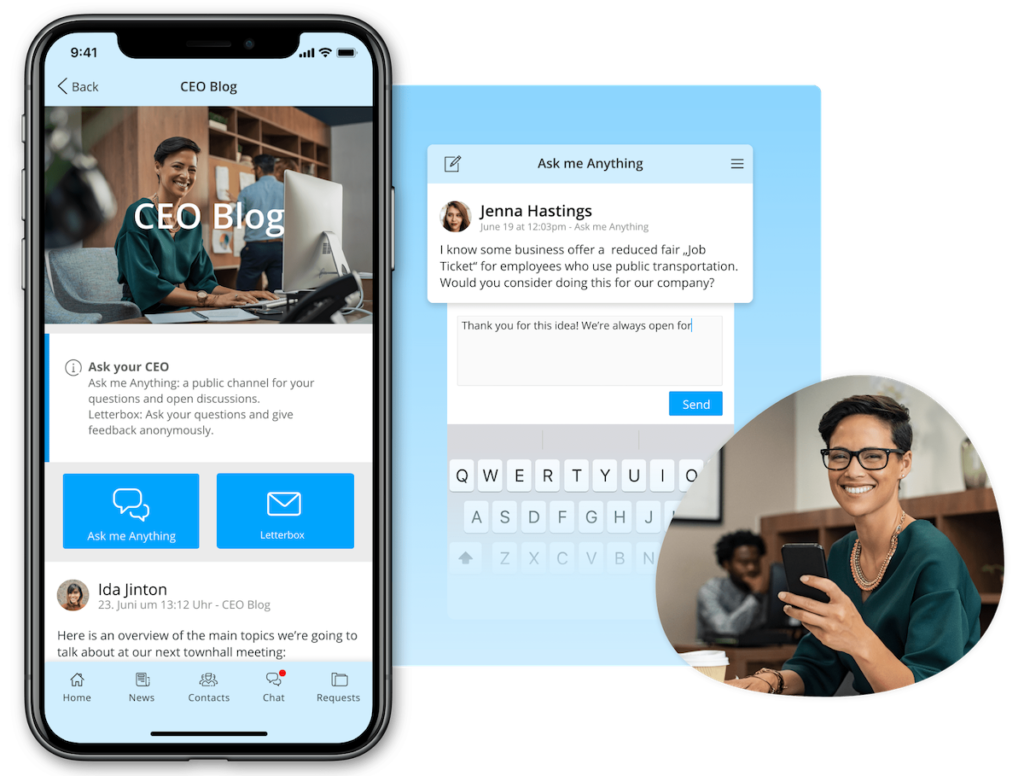
Likewise, daily interaction with a news feed populated with a mix of employee and employer stories mirrors the way people communicate via digital channels in their personal lives. This easy two-way communication will better connect your employees with their organization and allow them to share their opinions about the issues they care about most.
5. Offboarding is a chance to build future relationships and sustain existing ones.
Jobs come and go. That's especially true these days, when the average tenure for millennials hovers at about three years. And for retail and food service workers, that number is even lower. Like it or not, today's career paths are likely to be filled with detours. That means offboarding is likely to be a part of your journey.
Last impressions last forever.
Offboarding is an essential, if sometimes painful, part of maintaining your organization’s reputation. It can optimize the experience of your current employees, and open the door for future networking.
Traditionally, offboarding is a chance for a company to transfer an employee’s job responsibilities, deactivate access rights and passwords to applications and systems, retrieve company-owned equipment, and conduct an exit interview to gather final feedback. That final step of the process can be especially useful for gaining insights into improving the experiences of your current and future employees. A clear understanding of a person’s overall employee journey can also foster greater opportunities for networking, development, and growth.
Much like onboarding, feelings of uncertainly are inherent to the offboarding process. When an employee is leaving by choice, employers may wonder what, if anything, might have been done to change their mind. On the other hand, when an employee is fired or otherwise let go, there is often animosity or confusion about the reasons why.
In either case, when an employee leaves an organization, he or she is destined to become either an advocate or a critic. Advocates will spread positive stories of their time with your company — and likely recommend others to seek out opportunities there. Critics, on the other hand, will often go out of their way to share their negative experiences and discourage others from having anything to do with you.
It's a cliché because it's true: don't burn bridges.
Especially given the advent of employee review sites like Glassdoor, the opinions of former employees can have a profound influence on the expectations of future job candidates. Offboarding is therefore your last chance to turn departing employees into advocates.

The offboarding process should be the final example of what has hopefully been a consistent pattern of transparent employee communication. Done well, it will exemplify the values of both your organization and your brand. Bearing in mind that 15% of employees reportedly “boomerang” back to a former employer, ending things on a positive note with departing employees leaves the door open for reconnection.
Making offboarding an integral part of your employee relations will help enable employers and employees alike to learn from their mistakes. Whether departing employees return happily in the future or forever remember their journey with you in a positive light, a mutually open and honest offboarding will be the ultimate proof that your organization puts its people first — throughout their time with you and beyond.



